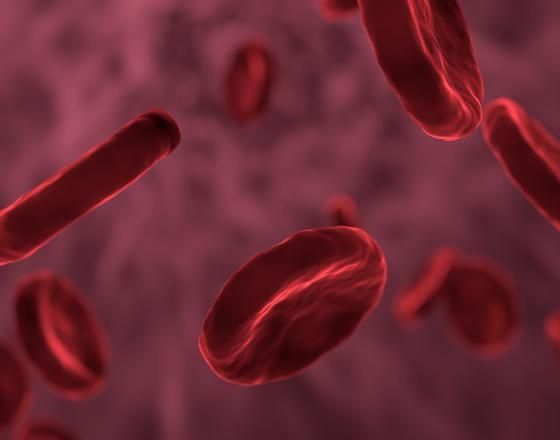CTX001 Data Suggest Possible Functional Cure for Sickle Cell, β-Thalassemia
The HSPC therapy showed fetal hemoglobin production in transfusion-dependent patients in a matter of months—with sustained results over 1 year.

A first-in-human, CRISPR-Cas9-modified autologous hematopoietic stem and progenitor cell (HSPC) therapy has been indicated as a possible functional cure for sickle cell disease (SCD) and transfusion-dependent β-Thalassemia (TDT), according to new clinical findings.
In new data presented at the 2021 Transplantation & Cellular Therapy (TCT) Meetings Digital Experience this week, a team of international investigators shared findings indicating that CTX001, a CRISPR-Cas9 platform therapy used to edit the erythroid enhancer region of BCL11A in HSPCs, was associated with increased fetal hemoglobin (HbF) production and total Hb overall in 7 patients with either SCD or TDT at ≥3 months follow-up.
The targeting of BCL11A, a key transcription factor associated with HbF suppression in red blood cells, with the gene therapy may indicate a game-changing method of care for patients with either of the rare hematologic conditions.
Investigators sought to observe the benefit of CTX001 in inducing HbF production in red blood cells among eligible patients with either SCD or TDT. The CLIMB THAL-111 and CLIMB SCD-121 multicenter trials are first-in-human assessments involving the gene therapy in such indications.
Patients aged 18-35 years old with any genotype of TDT receiving ≥10 units annually of packed red blood cell transfusions in the past 2 years, and those with severe SCD (per ≥2 vaso-occlusive crises [VOCs] annually) requiring medical care were eligible for the pair of studies.
The research team collected peripheral CD34+ HSPCs by apheresis after mobilization. This was done with G-CSF and plerixafor for patients with TDT, and with lone plerixafor for patients with SCD.
The BCL11A erythroid enhancer region was then edited in the enriched CD34+ cells using CTX001, with the patients receiving myeloablative busulfan prior to infusion. In trial follow-up periods, investigators monitored for engraftment, adverse events, total Hb, HbF, hemolysis, F-cells, red blood cell transfusions for patients with TDT, and VOCs for patients with SCD.
In the presented TCT 2021 data, investigators shared efficacy and safety results from all consecutive patients infused with CTX0001 and with ≥3 months of follow-up.
The 7 reported patients included 5 patients with TDT with follow-up through months 15, 6, 4, 4, and 3, plus a pair of patients with SCD with follow-up through months 12 and 3.
Among patients with TDT treated with CDX001, mean neutrophil engraftment was on day 32 (range, 27-36), and median platelet engraftment was on day 37 (range, 34-52).
Among the 2 patients with SCD, neutrophil engraftment was on day 30 and 22, and platelet engraftment was on day 30 and 33, respectively.
All observed patients in the follow-up reported increased in Hb and HbF over time. Patients with TDT received their last transfusion within 2 months after CTX001 infusion, with the first patient remaining transfusion free over 15 months.
Both patients with SCD reported no VOCs since their CTX001 infusion. The first patient has remained free of such events for over 1 year.
Investigators observed a safety profile consistent with busulfan myeloablation. One patient with TDT reported 4 serious adverse events potentially related to CTX0001, including headache, HLH, ARDS, and IPS. All serious events were clinically resolved or improving at the time of assessment, however.
Investigators concluded that CTX001 has provided increases in both HbF and Hb in the first 7 treated patients with either TDT or SCD, and has been thus far associated with generally consistent safety profiles.
“All 5 TDT patients have been transfusion-free since ~2 months after CTX001 and the 2 SCD patients have had no VOCs after CTX001,” they wrote. “These early data demonstrate that CTX001 is a potential functional cure for the treatment of TDT and SCD.”
The study, “Safety and Efficacy of CTX001 in Patients with Transfusion-Dependent β-Thalassemia (TDT) or Sickle Cell Disease (SCD): Early Results from the Climb THAL-111 and Climb SCD-121 Studies of Autologous CRISPR-Cas9-Modified CD34+ Hematopoietic Stem and Progenit,” was presented at TCT 2021.